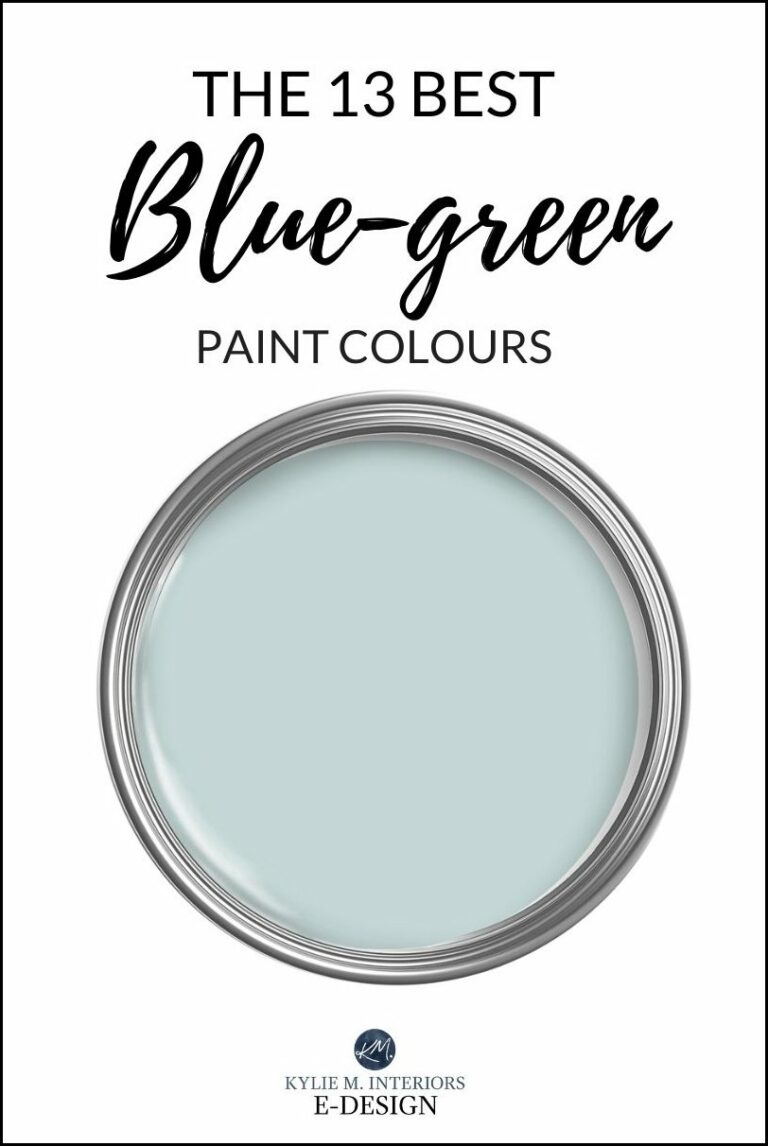Eco-Friendly Wood Furniture Stains: Sustainable Alternatives
Today we discuss Eco-Friendly Wood Furniture Stains. Fortunately, there are plenty of eco-friendly alternatives to traditional stains and finishes. These environmentally conscious solutions not only provide a natural and beautiful finish but also contribute to a healthier indoor environment.
So, what are some eco-friendly alternatives to traditional stains and finishes for wood furniture? Let’s explore a few options that will not only protect and enhance your furniture but also align with your sustainability goals.
Eco-Friendly Wood Furniture Stains:
Natural Oil Finishes
One of the most popular eco-friendly alternatives to traditional stains and finishes for wood furniture is natural oil finishes. These finishes are derived from natural ingredients such as linseed oil, tung oil, or walnut oil. They are easy to apply, penetrate the wood, and enhance its natural beauty.
Advantages of natural oil finishes:
- Non-toxic and safe for indoor use
- Minimal VOC emissions
- Enhances the grain and color of the wood
- Can be easily reapplied or refreshed
- Provides a natural, matte or satin finish
Linseed Oil Finish
Linseed oil is a popular choice for a natural oil finish. It is derived from flaxseed and has been used for centuries to protect and beautify wood surfaces. Linseed oil finishes provide a warm, amber tone to the wood, enhancing its natural color and grain.
Tung Oil Finish
Tung oil, extracted from the nuts of the tung tree, is another excellent eco-friendly alternative for wood finishes. It provides a durable and water-resistant finish that deepens the color of the wood, giving it a rich, warm look.
Shellac
Shellac is a natural resin secreted by the female lac bug. It has been used as a furniture finish for centuries. Shellac is available in different shades and can be used to achieve various finishes, from glossy to matte. It is non-toxic and dries quickly, making it a convenient option for wood furniture.
Beeswax and Carnauba Wax
Beeswax and carnauba wax are natural waxes that can be used as eco-friendly alternatives to traditional stains and finishes. They provide a protective barrier and a soft sheen to the wood. These waxes can be applied alone or combined with other oils to create custom finishes.
Water-based Finishes
Water-based finishes are another eco-friendly alternative to traditional wood finishes. These finishes use water as a carrier instead of solvents, reducing VOC emissions. They come in a variety of sheens and can be easily applied with a brush, roller, or spray.
Advantages of water-based finishes:
- Low VOC emissions
- Fast drying time
- Easy cleanup with soap and water
- Can be used on a wide range of wood species
- Provides good durability and UV resistance
Water-based Polyurethane
Water-based polyurethane is a popular choice for those seeking an eco-friendly wood finish with excellent durability. It provides a clear protective layer that enhances the natural beauty of the wood while offering resistance to scratches and stains.
Water-based Stains
Water-based stains are a great alternative to oil-based stains. They are available in a wide range of colors and can be easily mixed to achieve custom shades. Water-based stains provide an even color distribution and can be top-coated with water-based finishes.
Milk Paint
Milk paint is an ancient type of paint made from natural ingredients like milk protein (casein), lime, clay, and natural pigments. It is a non-toxic and eco-friendly paint option for wood furniture. Milk paint creates a distinctive, matte finish and can be easily distressed to achieve a vintage or aged look.
Natural Dyes
Natural dyes, such as those derived from plants like indigo, cochineal, or logwood, can be used to stain wood furniture. These dyes offer a range of colors and tones and can be combined to create unique finishes. They are generally non-toxic and provide a natural, earthy look to the wood.
Zero VOC Paints
If you prefer a painted finish for your wood furniture, consider using zero VOC (volatile organic compounds) paints. These paints have little to no emissions of harmful chemicals, making them safe for indoor use. Zero VOC paints are available in a variety of colors and finishes, allowing you to achieve your desired look without compromising your health or the environment.
Frequently Asked Questions
What are some eco-friendly alternatives to traditional stains and finishes for wood furniture?
There are several eco-friendly alternatives to traditional stains and finishes for wood furniture, which are both environmentally sustainable and non-toxic. These include:
1. Water-based stains and finishes:
Water-based products are a safe and eco-friendly option as they have lower levels of volatile organic compounds (VOCs) than traditional oil-based counterparts. They are easy to use, dry quickly, and produce minimal odor.
2. Natural oils:
Natural oils such as linseed oil, tung oil, and hemp oil are derived from plant sources and do not contain harmful chemicals. They provide a natural, matte finish and enhance the wood’s natural beauty while nourishing and protecting it.
3. Beeswax polish:
Beeswax polish is a natural and non-toxic option that can be used to finish wood furniture. It creates a protective layer, adds a warm glow, and helps to repel moisture.
4. Shellac:
Shellac, derived from the secretions of the lac beetle, is a natural resin that has been used as a wood finish for centuries. It is non-toxic, easy to apply, and provides a glossy finish.
5. Milk paint:
Milk paint is an eco-friendly option made from milk protein (casein), lime, clay, and natural pigments. It is biodegradable and produces a unique, matte finish with a vintage look.
Final Thoughts
there are several eco-friendly alternatives available for traditional stains and finishes for wood furniture. Natural oils, such as linseed oil and tung oil, can be used to enhance the beauty of wood while providing protection. Water-based stains and finishes are also a sustainable option, as they have lower levels of volatile organic compounds (VOCs) and are easier to clean up. Additionally, milk paint and plant-based dyes offer a non-toxic and biodegradable choice for adding color to wooden furniture. By considering these eco-friendly alternatives, we can reduce the environmental impact of our furniture while still achieving the desired aesthetic.



